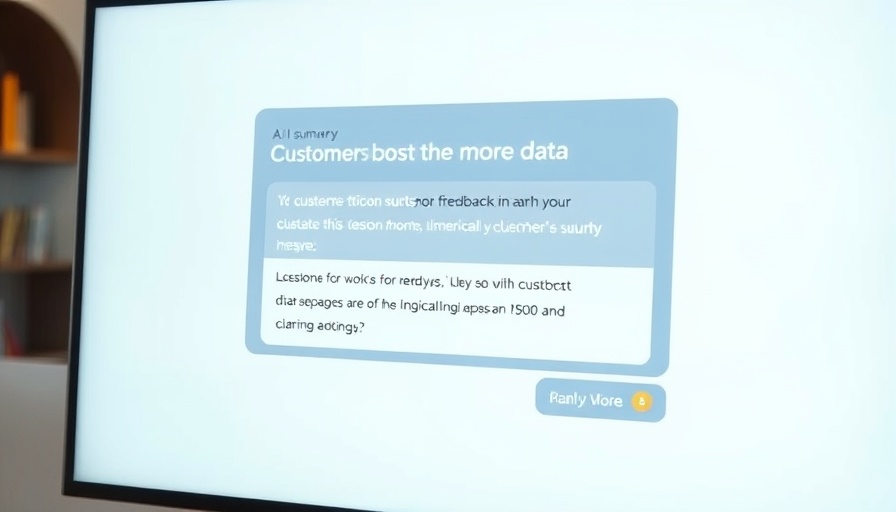
Understanding User Experience Mapping: A Key to Operational Efficiency
In the rapidly evolving landscape of business operations, particularly for companies generating $2M to $10M in annual revenue, creating an effective user experience map is integral for ensuring customer satisfaction and business growth. A user experience map visualizes customer interactions, helping businesses identify pain points and opportunities to streamline processes. By mapping out these experiences, leaders can enhance collaboration among teams, ensuring that product development aligns perfectly with market needs.
The Necessity of User Experience Mapping in Business Systems
For business owners striving to scale their operations, understanding the user journey is of paramount importance. User experience mapping is not just another task; it is a strategic approach that can elevate your operational infrastructure. Since mid-sized companies often juggle various software tools and workflows, a well-crafted user experience map helps to connect the dots between customer interactions and internal processes. This alignment leads to smoother project management, effective collaboration, and ultimately, improved product development.
Guidelines to Create an Effective User Experience Map
To create a user experience map, follow these practical steps:
- Define Your Goals: Understand what you want to achieve with the map. Whether it’s to enhance a product or streamline operations, clarity in objectives is vital.
- Identify Key Touchpoints: Recognize all the interactions your users have with your product or service. This could encompass everything from the first visit to customer support.
- Gather Data: Utilize surveys, feedback forms, and analytics to collect insights from users. This will help in accurately reflecting user experiences.
- Map the Journey: Create a visual representation of your user journey. Use diagrams and flowcharts that illustrate paths users take through your systems.
- Analyze and Iterate: Review the map regularly and refine it based on new data and feedback. This dynamic approach ensures that your operations keep pace with changing customer needs.
Benefits of Mapping User Experience
Mapping user experiences offers numerous advantages. For businesses in growth mode, it promotes transparency across departments, allowing for better decision-making and resource allocation. With clearer visualizations of workflows, teams can identify where collaboration is most vital—thus reducing friction and enhancing productivity. Moreover, a user experience map serves as a critical tool when seeking funding, as it demonstrates a clear understanding of customer needs and product alignment.
Final Thoughts: Take Action on User Experience Mapping
In conclusion, as business owners focus on scaling operations, user experience mapping becomes a crucial tool for aligning teams and enhancing workflows. By understanding and visualizing the customer journey, businesses can make informed decisions that drive success. So, are you ready to take the next step in optimizing your operational infrastructure?
 Add Row
Add Row  Add
Add 



Write A Comment